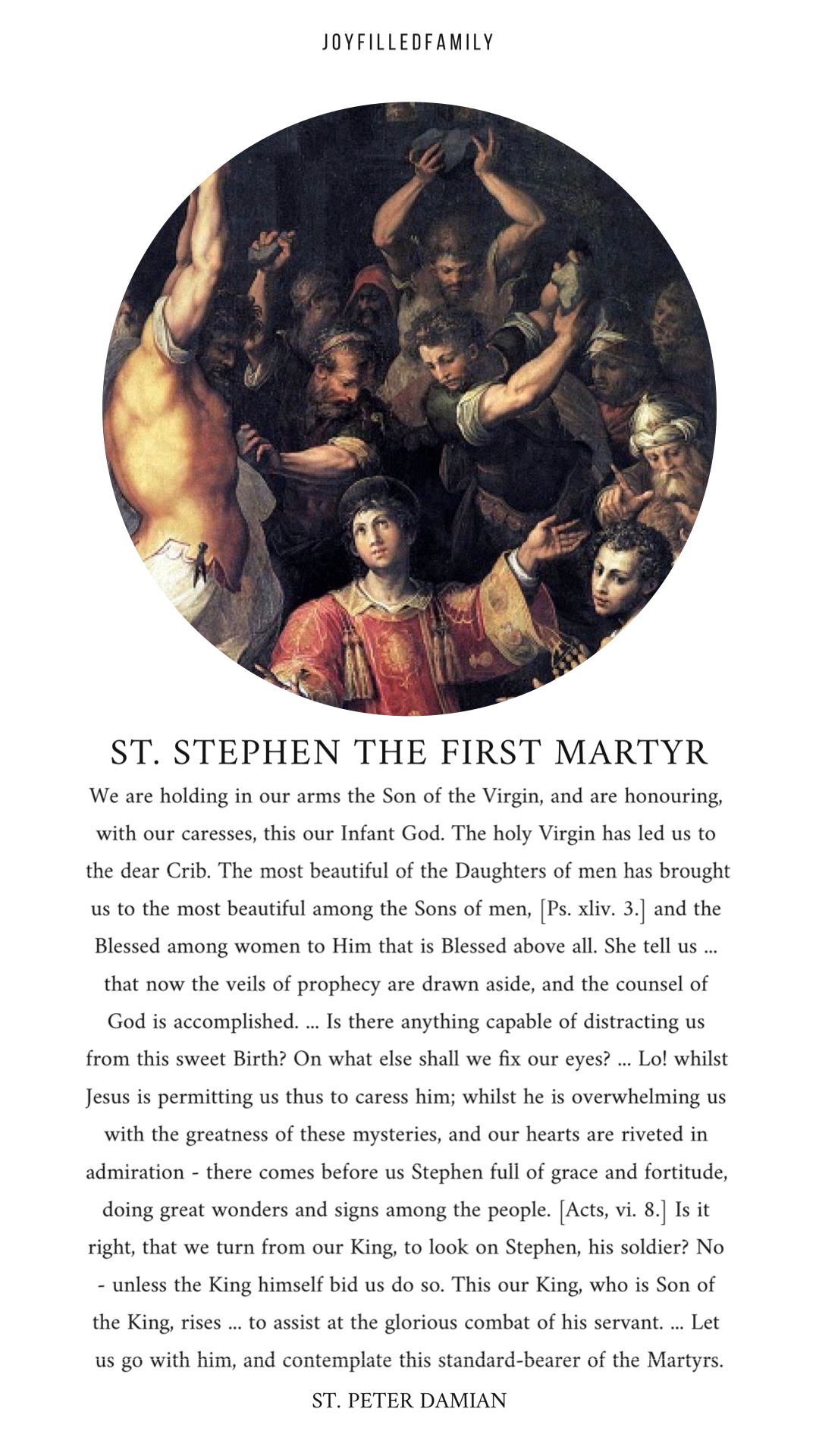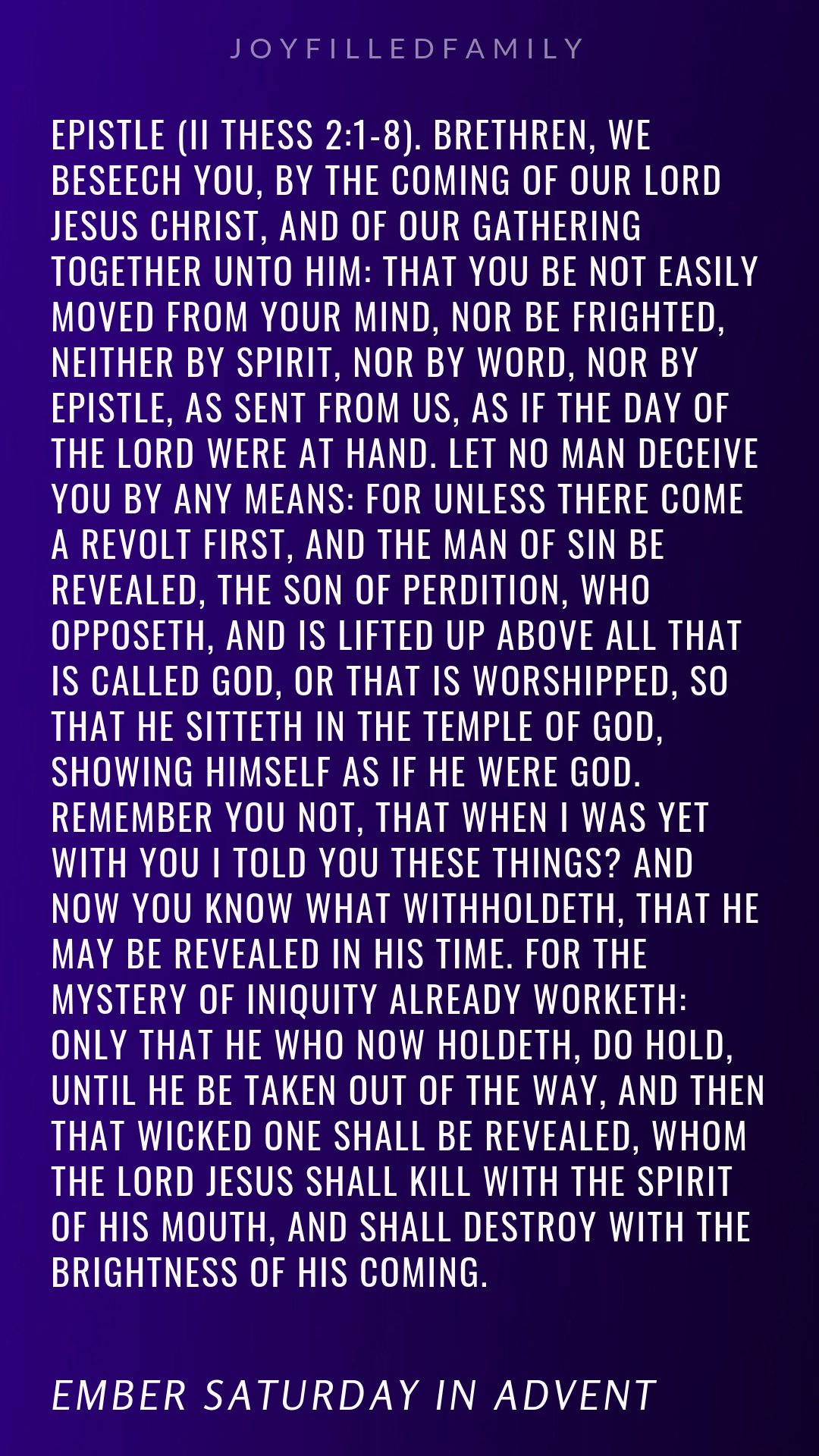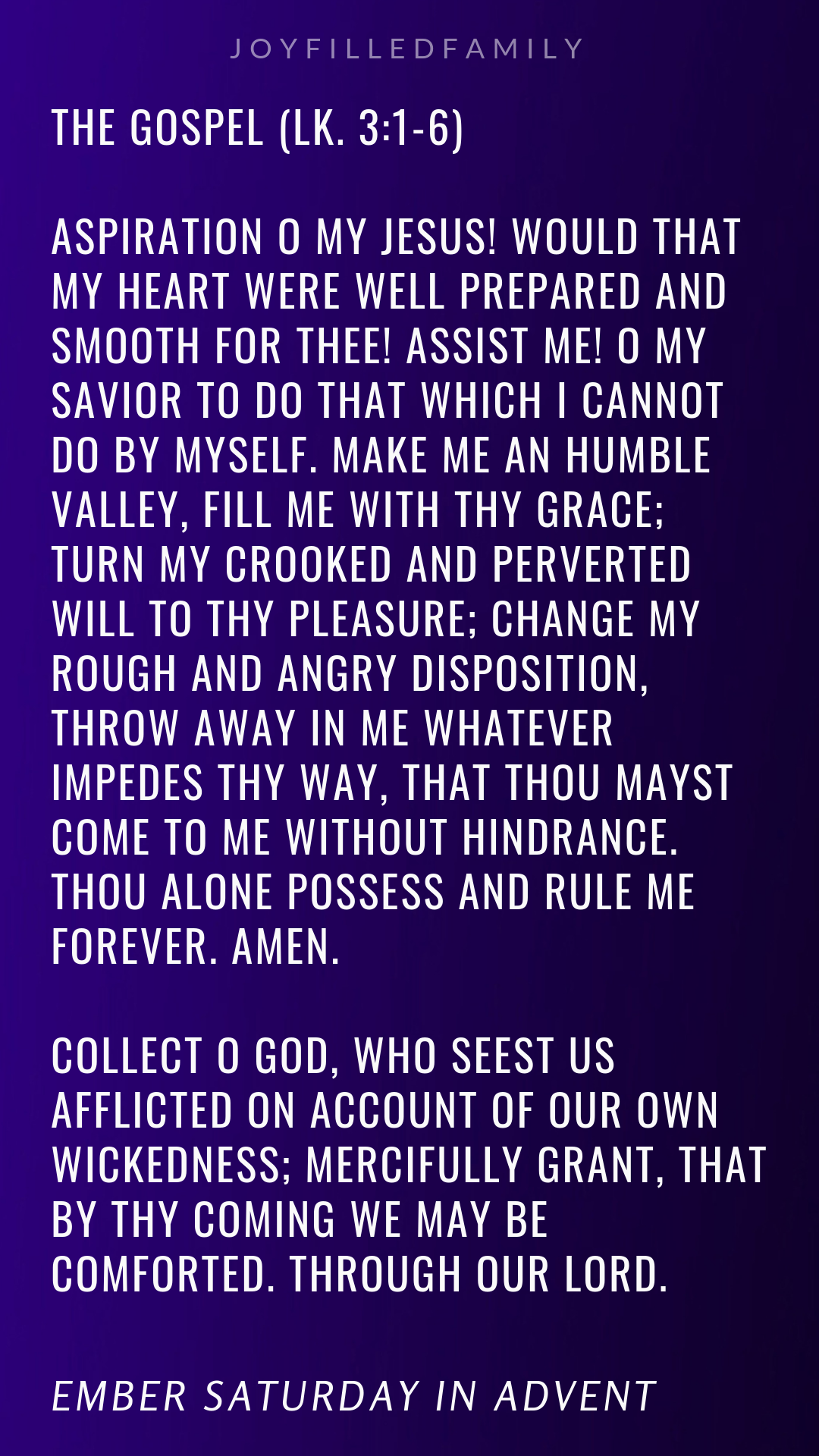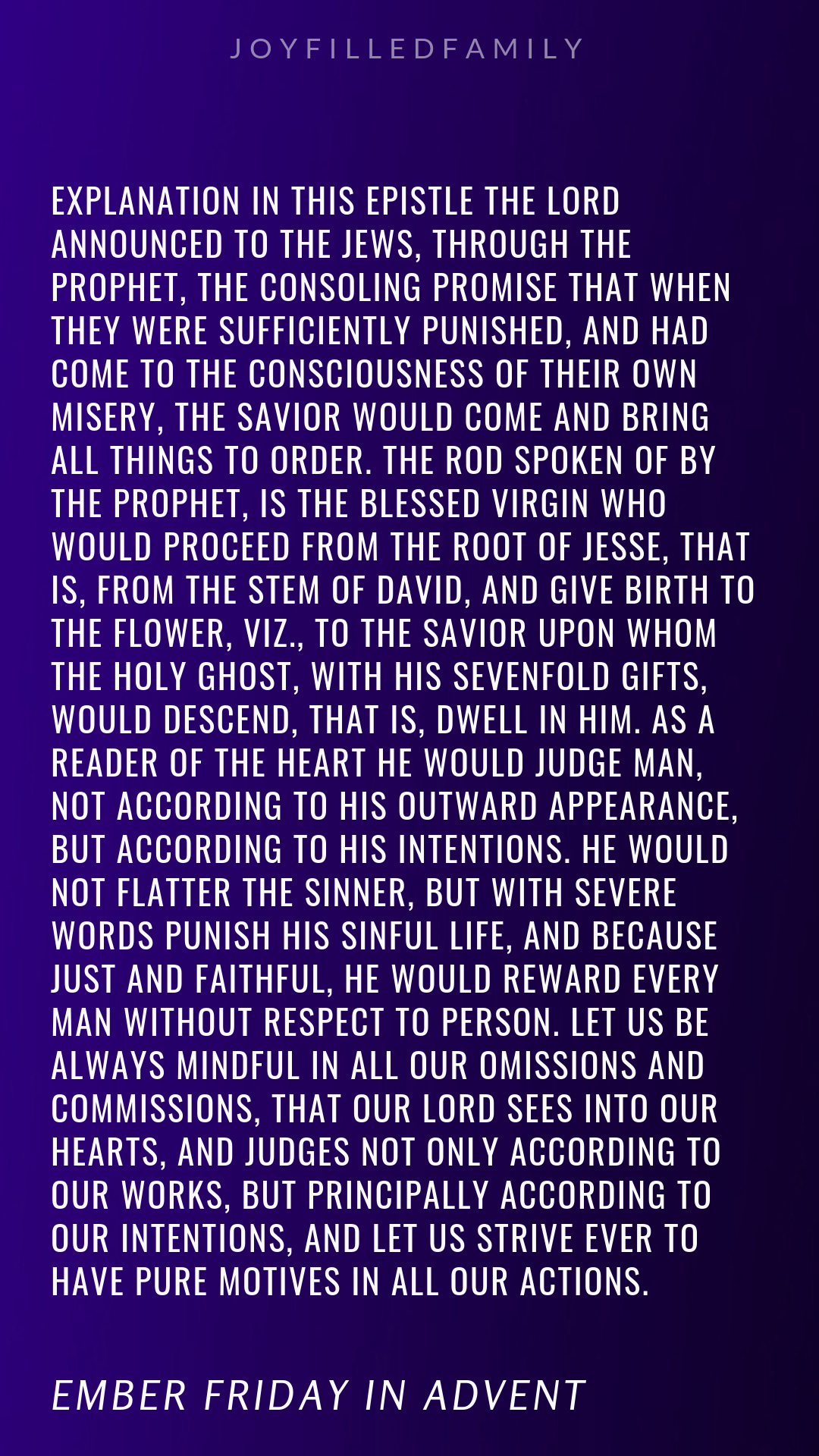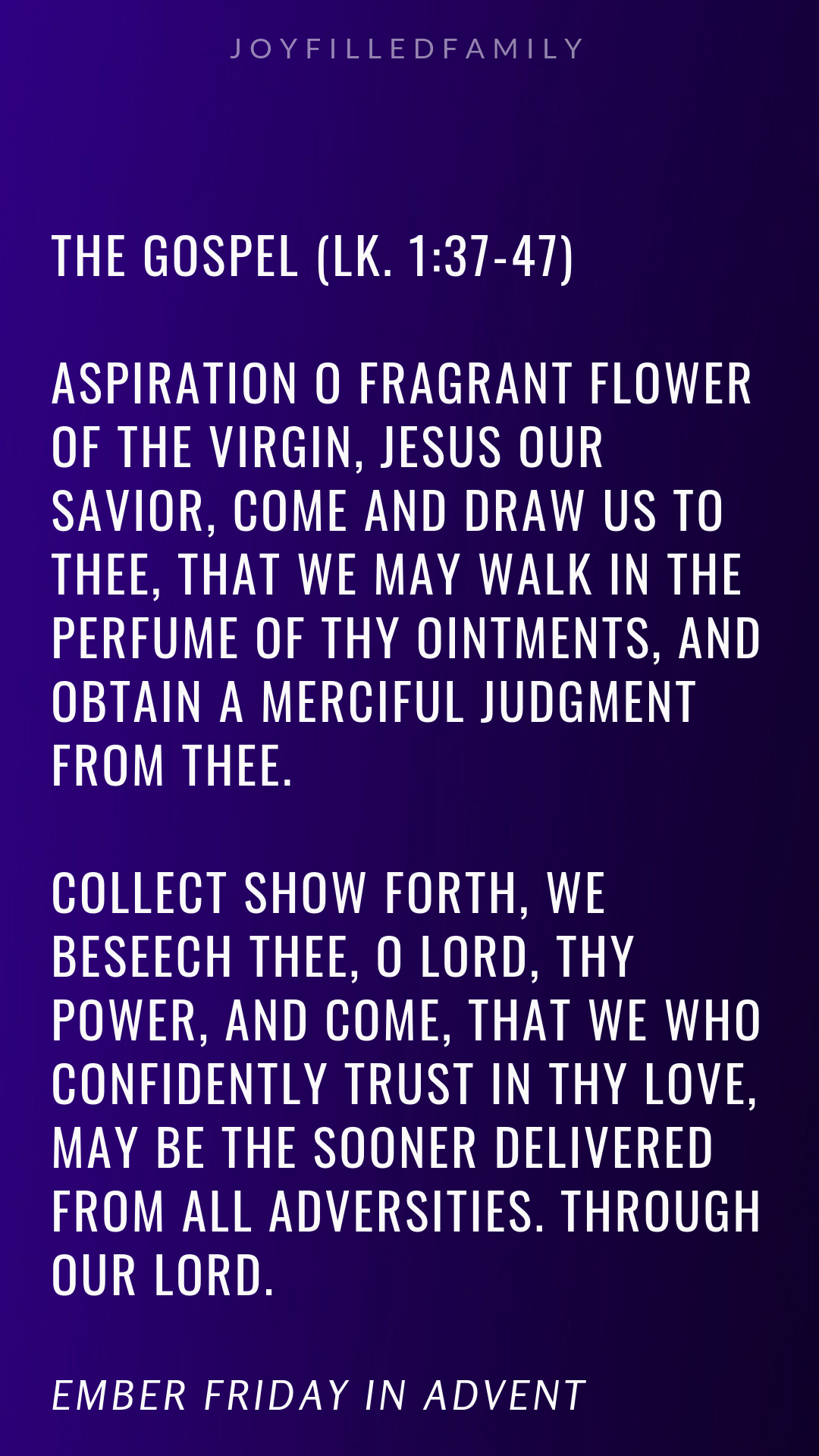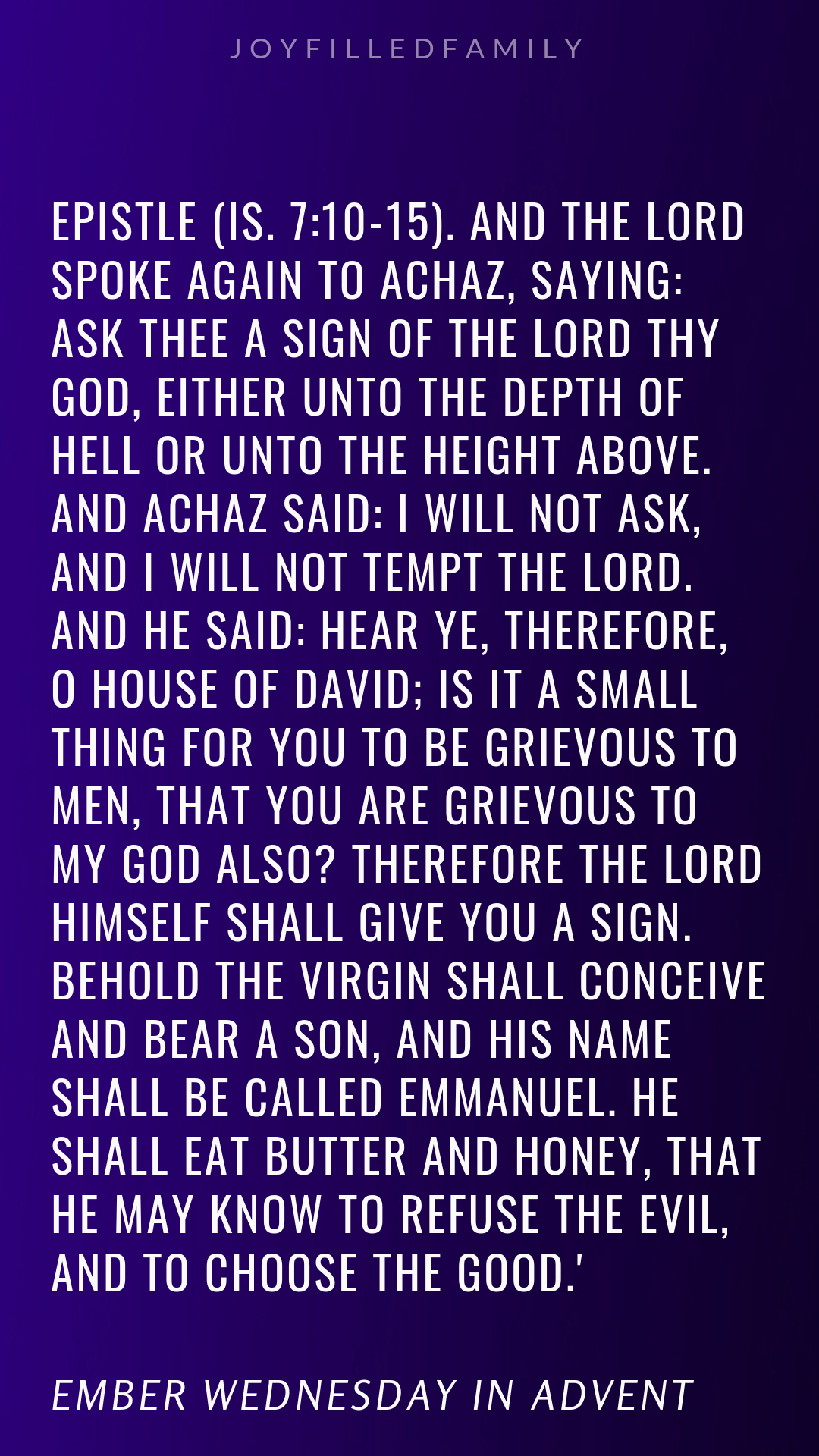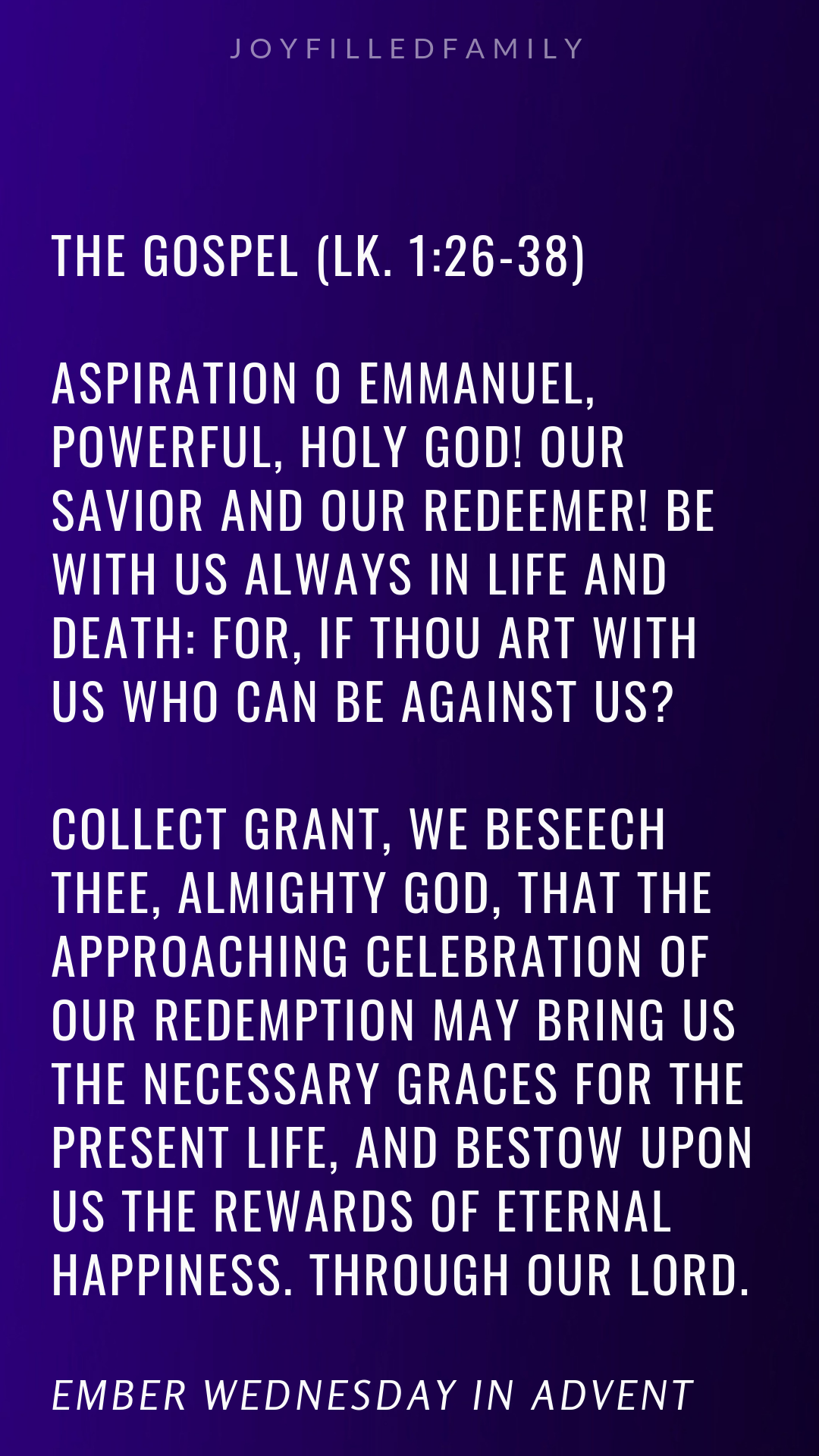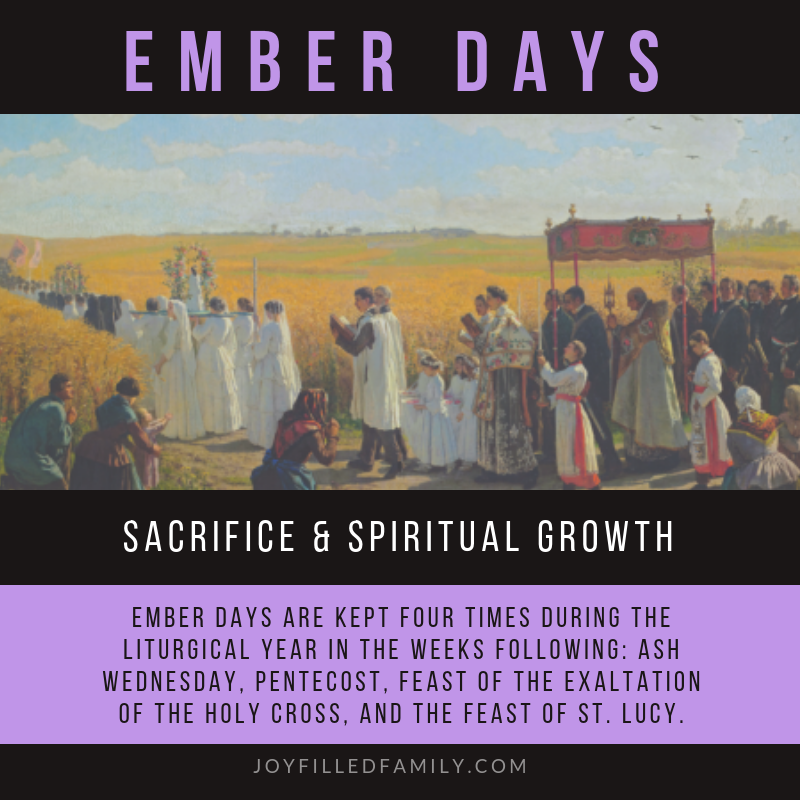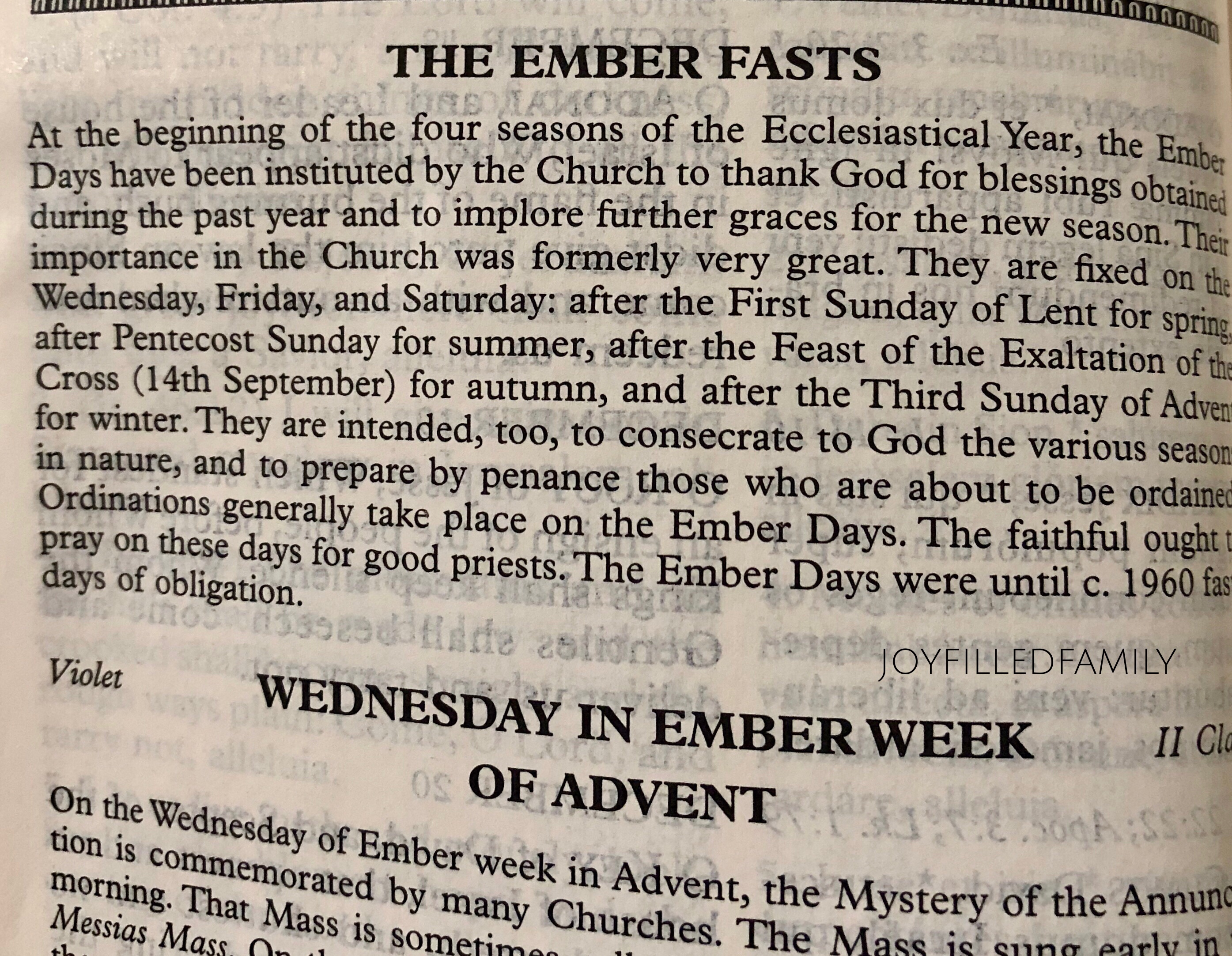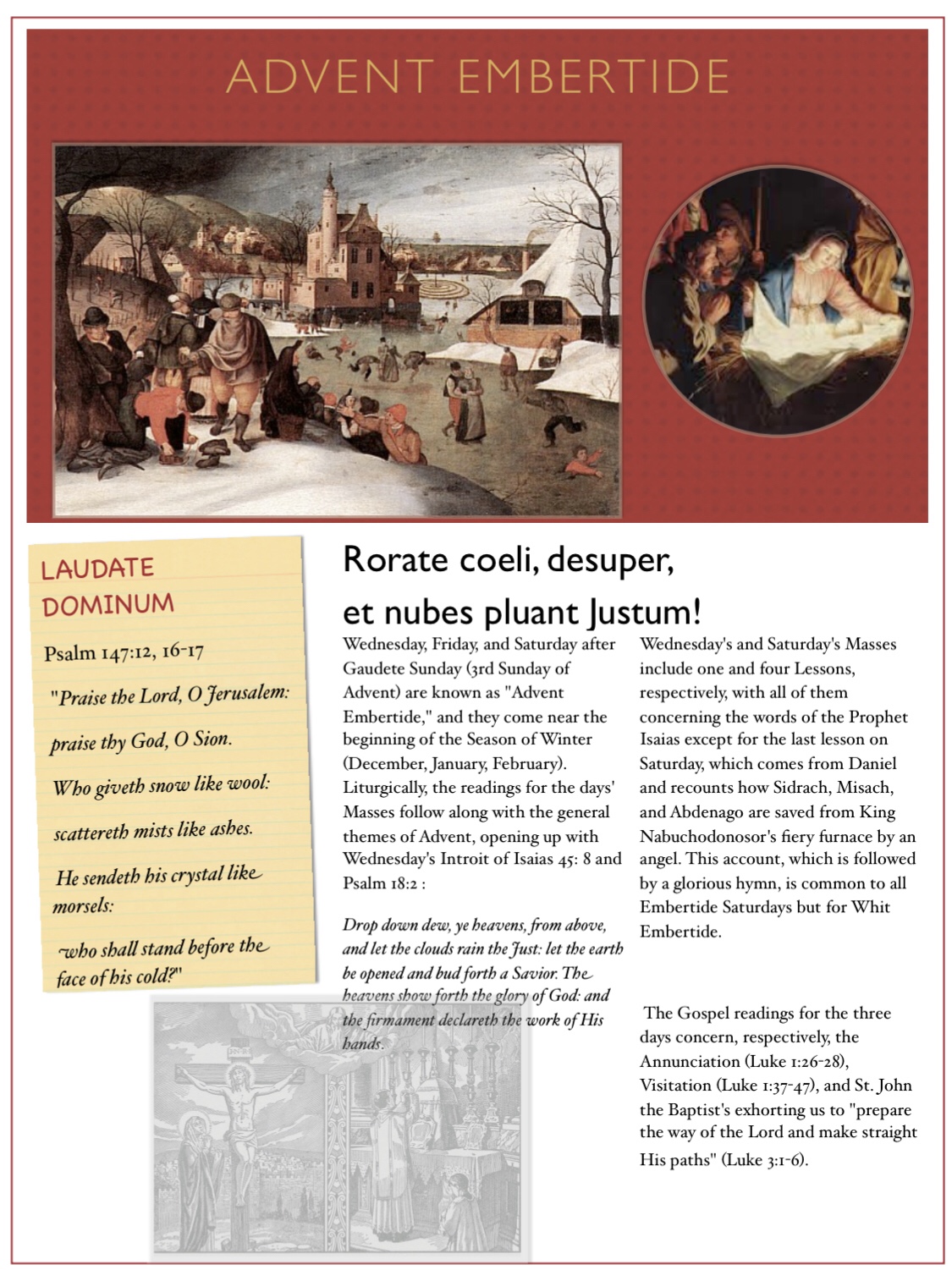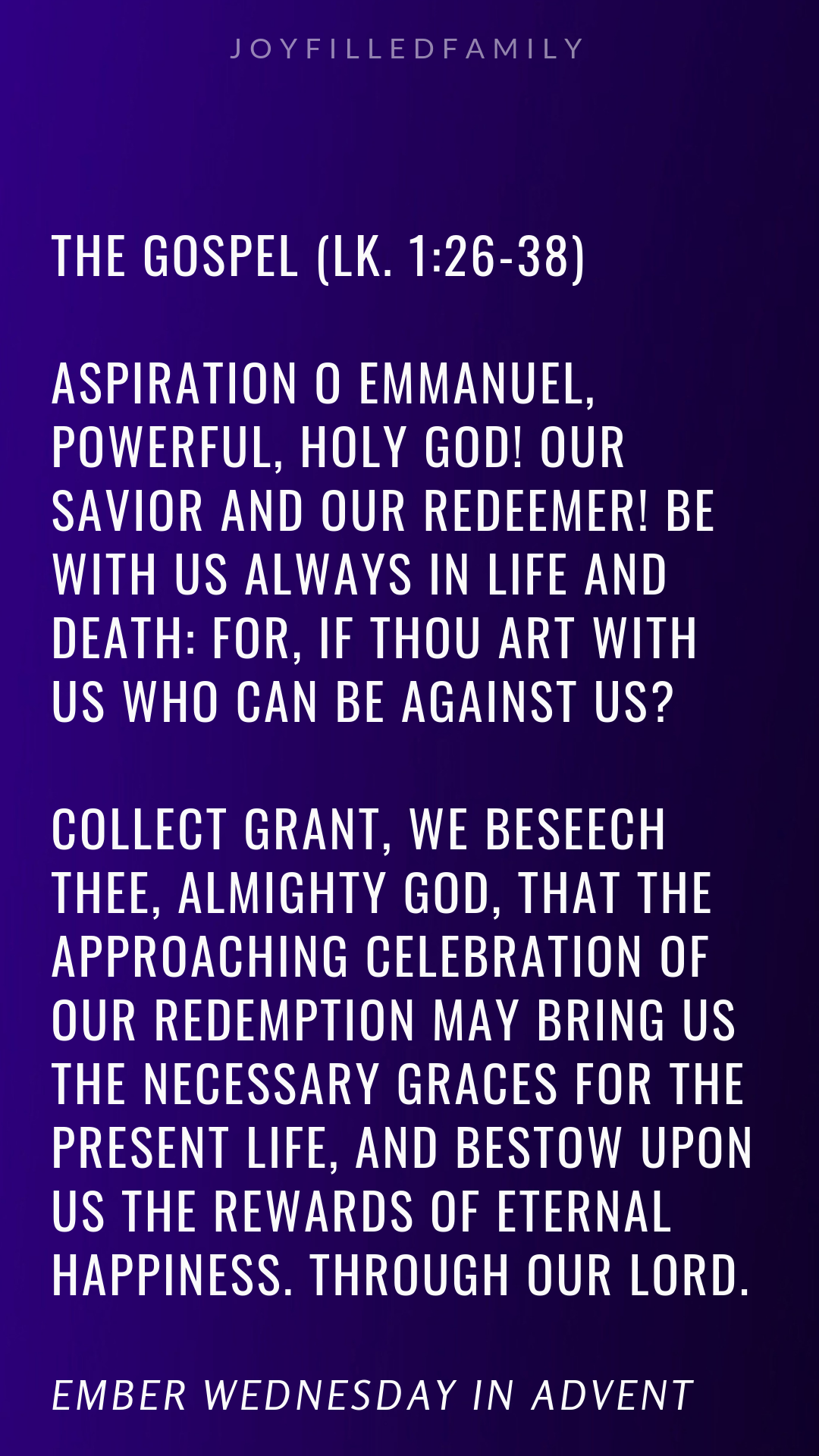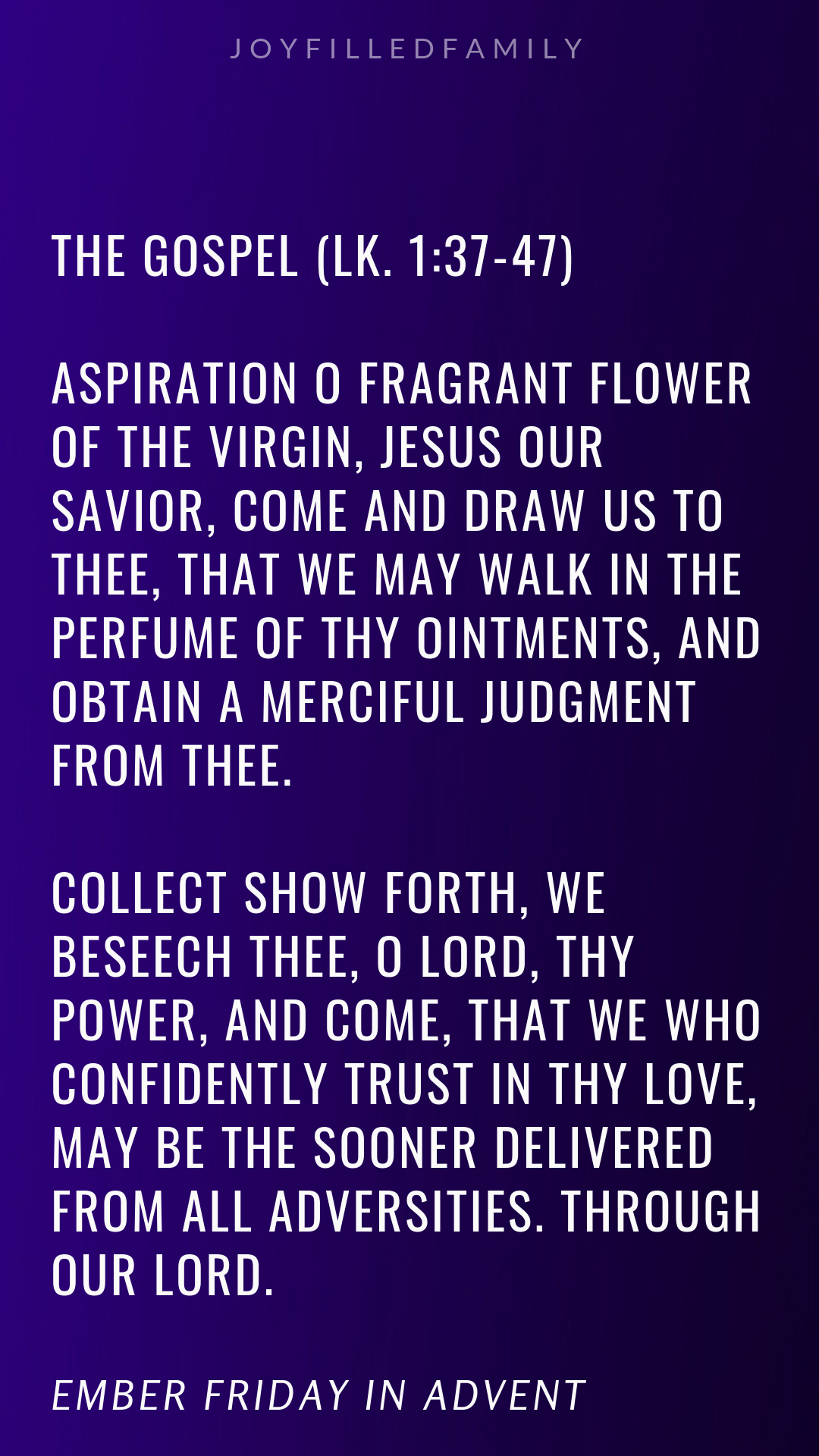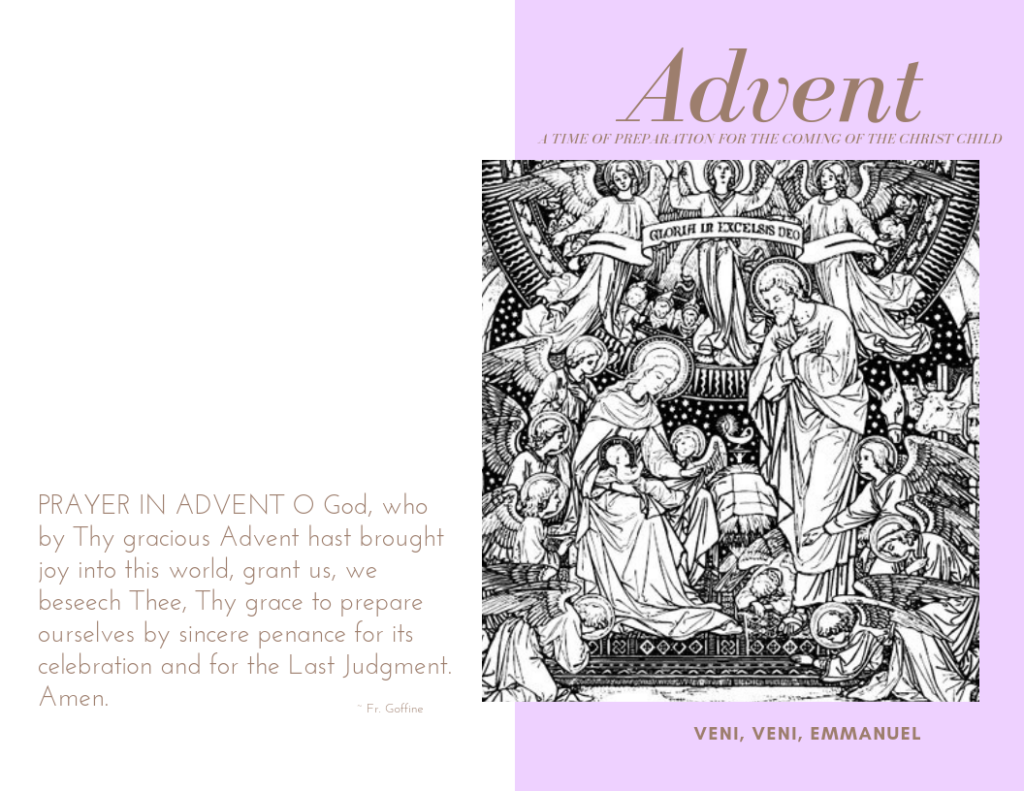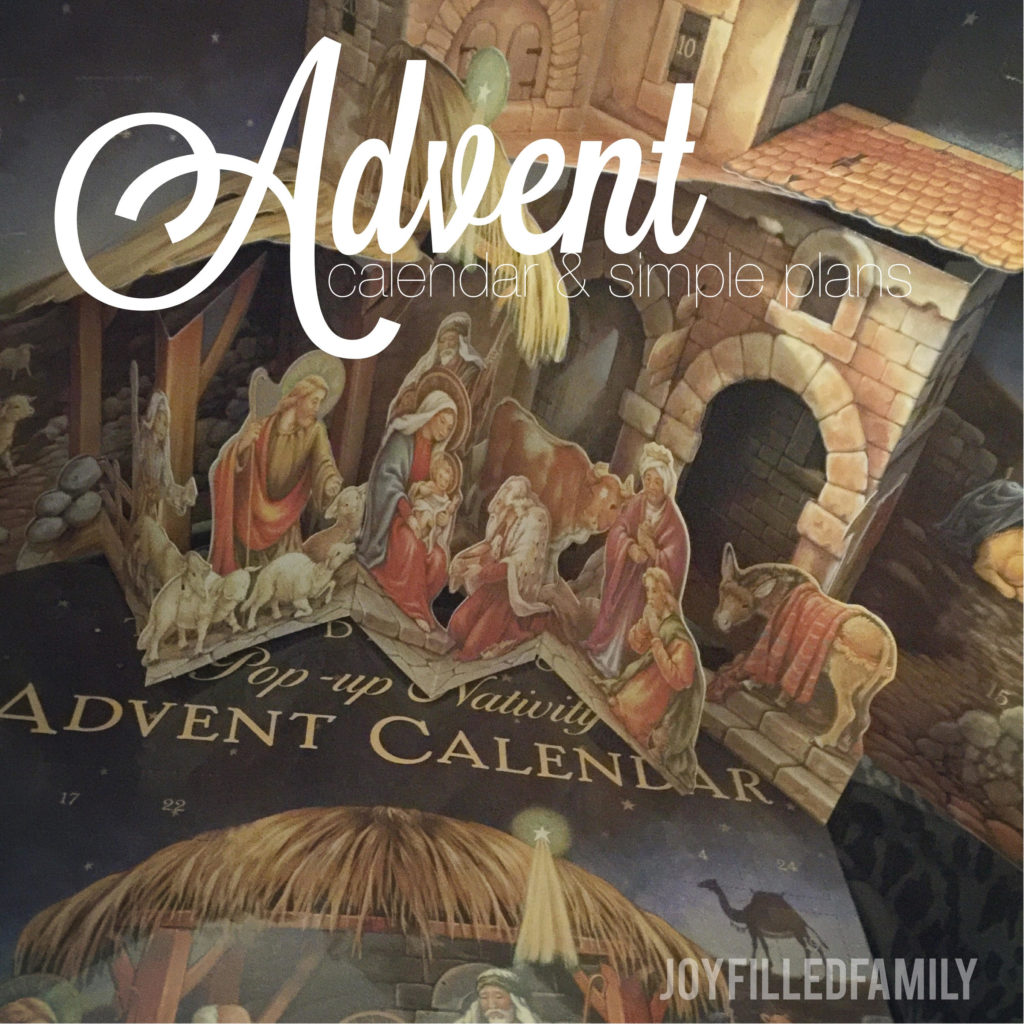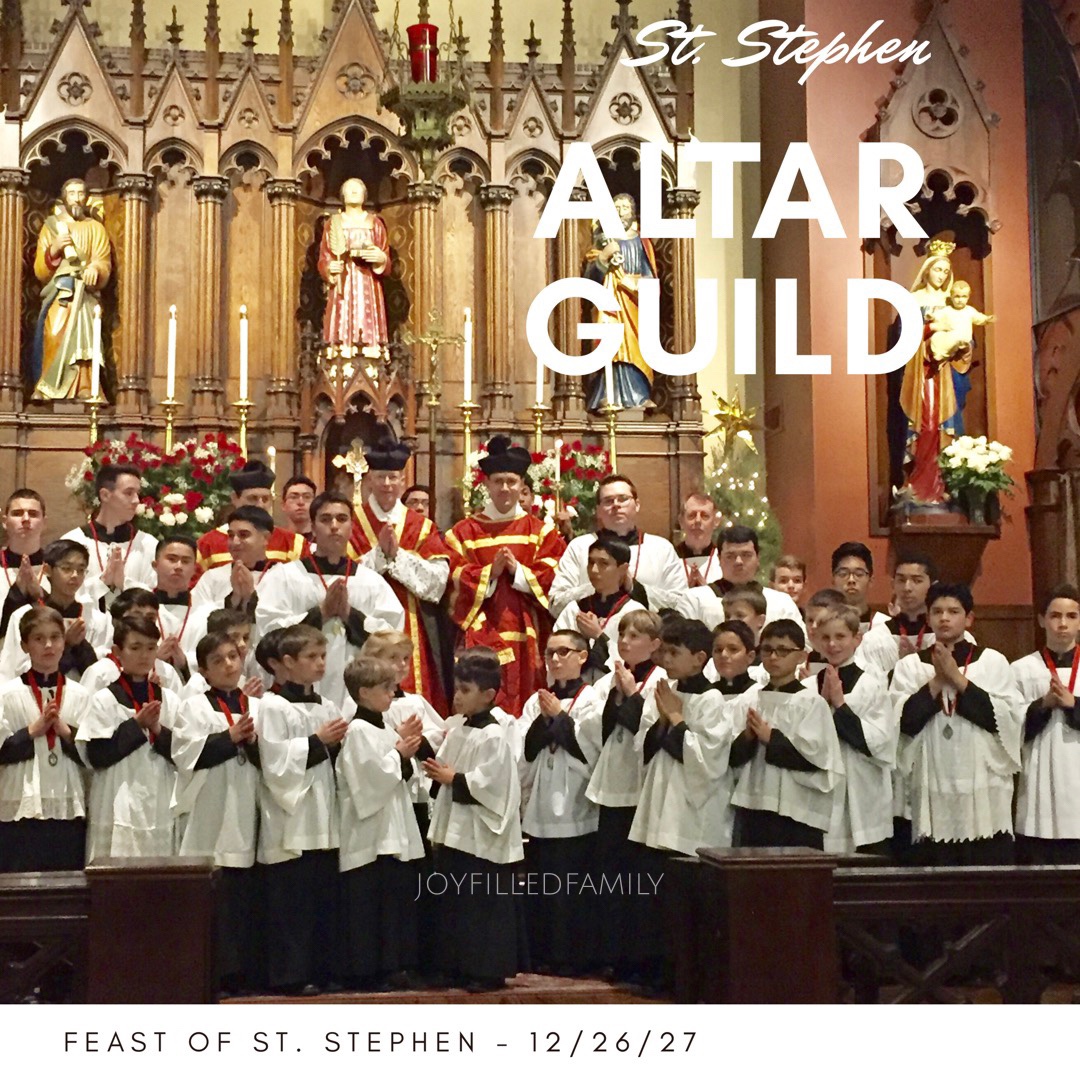
St Stephen’s Feast Day
The name Stephen means “crown”, and St Stephen was the first disciple of Jesus to receive the martyr’s crown. Stephen was a deacon in the early Christian Church. The Apostles had found that they needed helpers to look after the care of the widows and the poor. So they ordained seven deacons, and Stephen is the most famous of these.
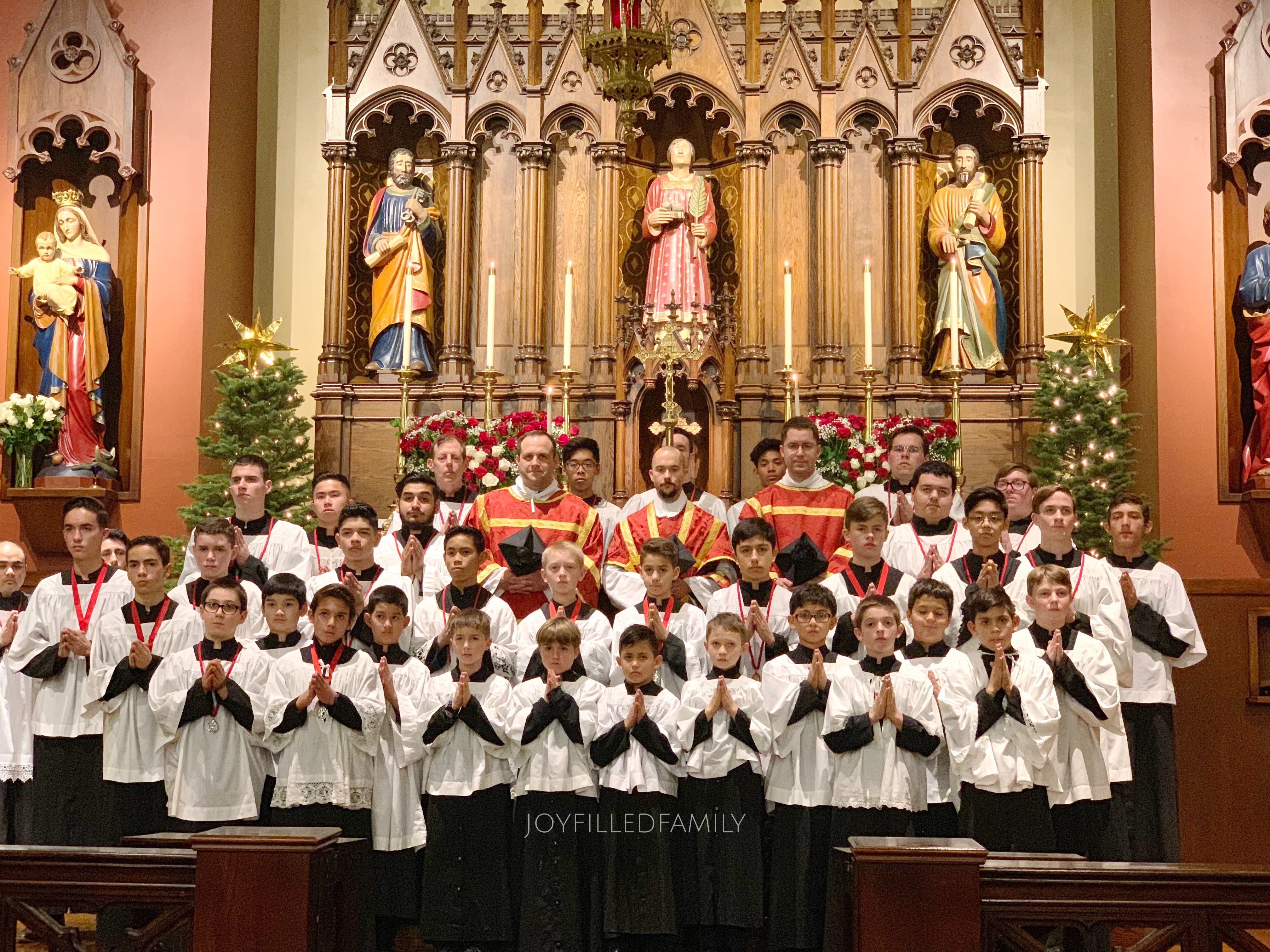
Our Parish celebrates our Altar Guild today as they belong to the St. Stephen’s Altar Guild Society.
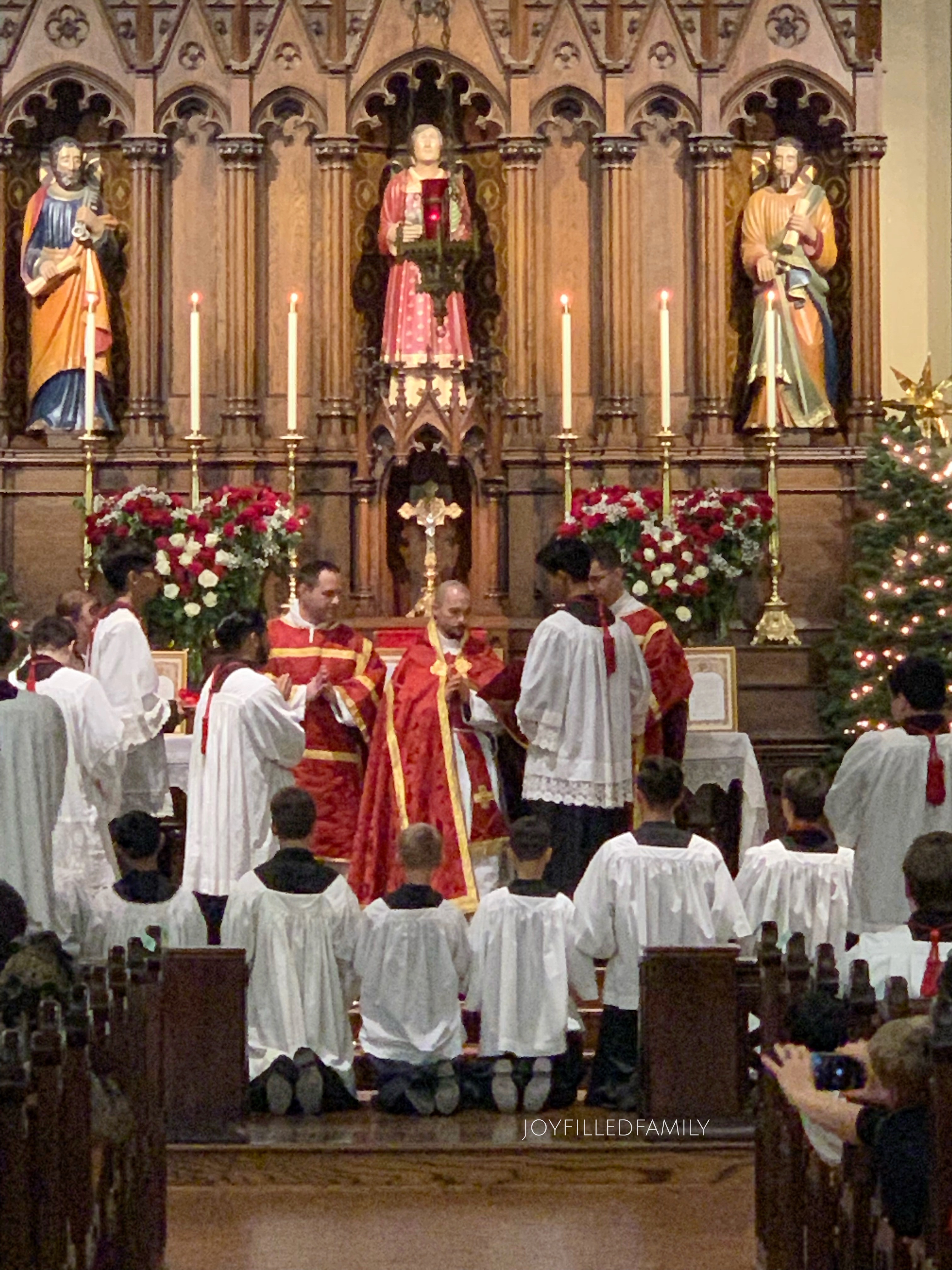
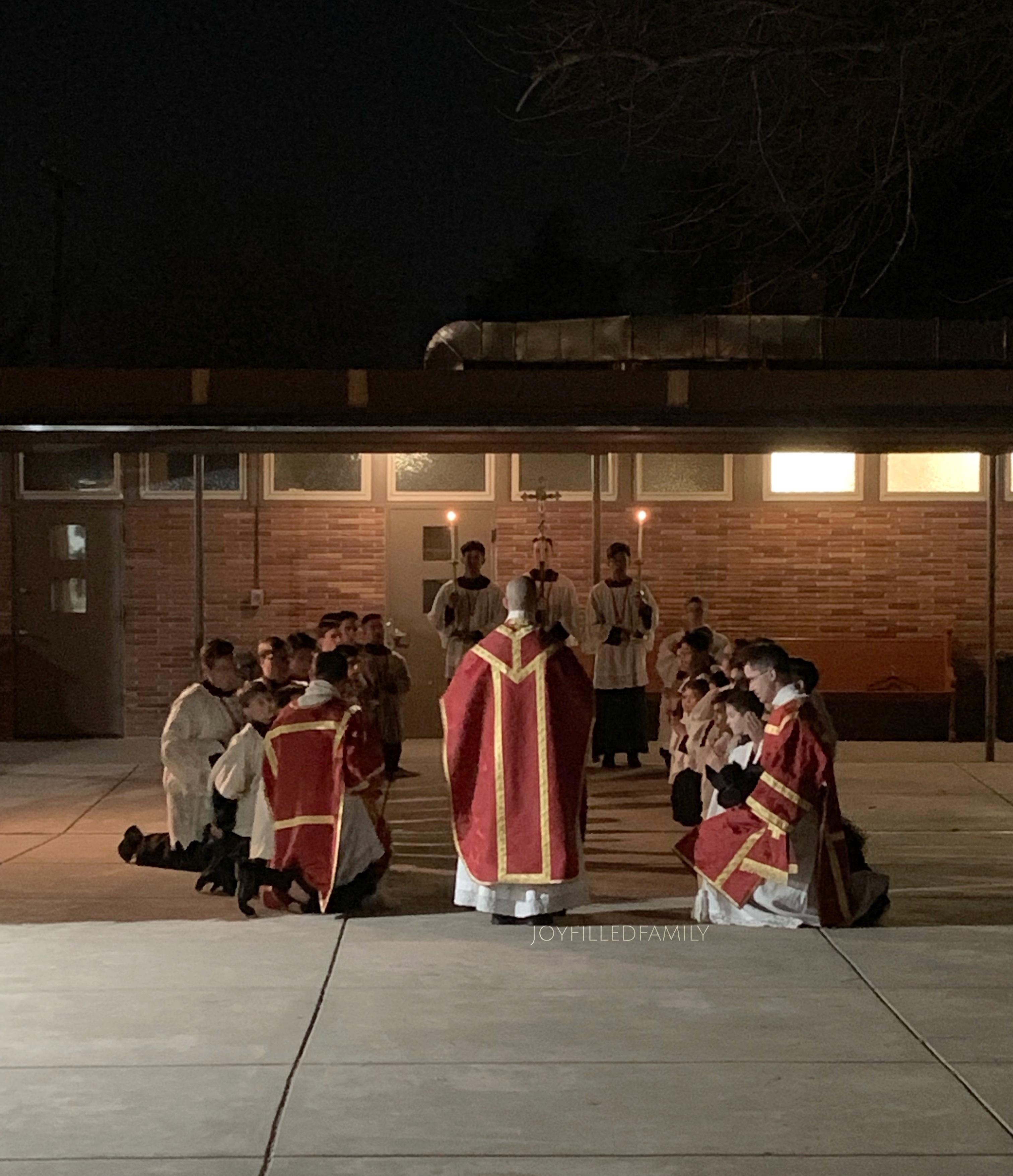 https://joyfilledfamily.com/wp-content/uploads/2018/12/img_0149.mov
https://joyfilledfamily.com/wp-content/uploads/2018/12/img_0149.mov
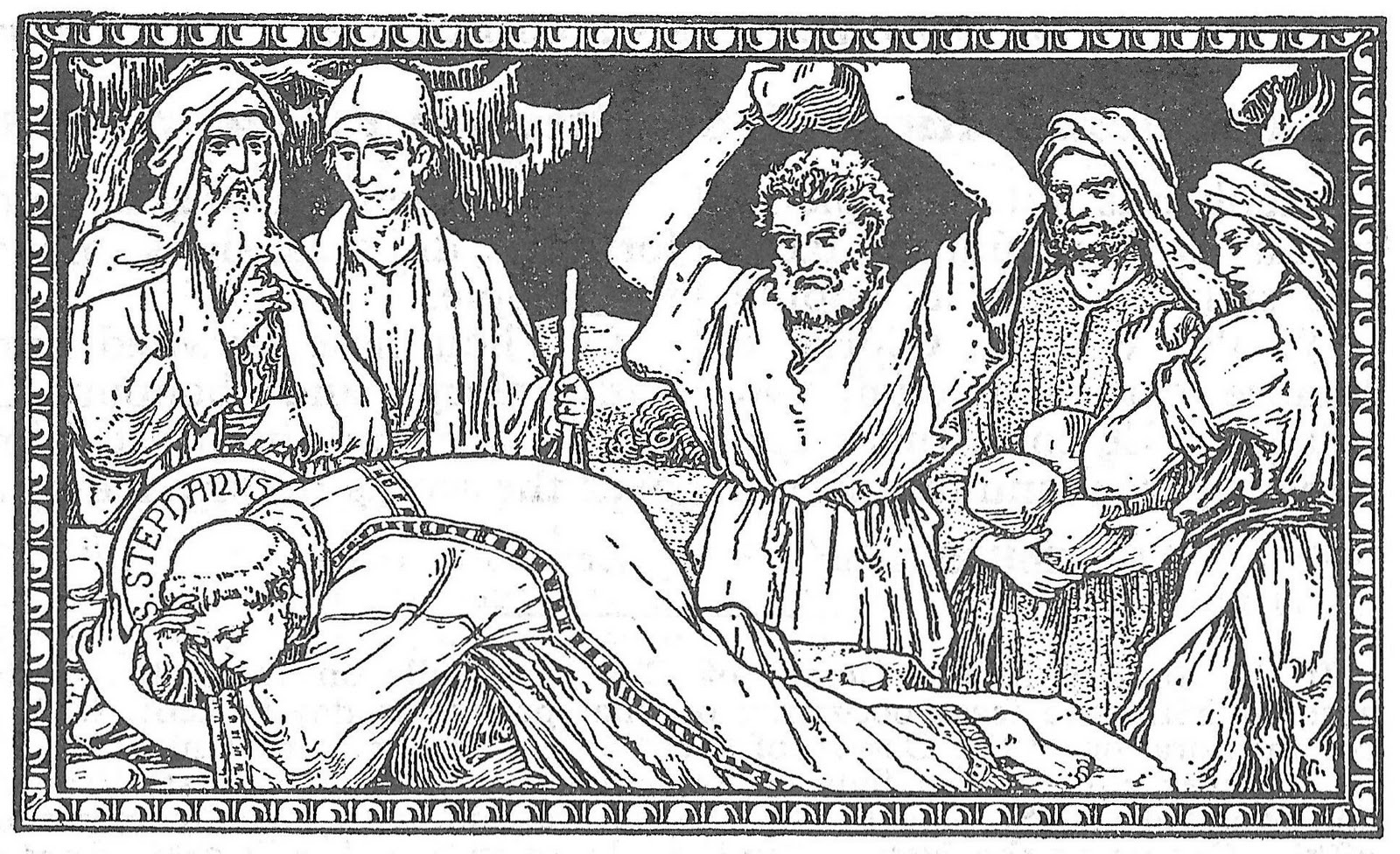
The objectives of the Guild:
To encourage, positively and practically, the highest standards of serving at the Church’s liturgy and so contribute to the whole community’s participation in a more fruitful worship of God. To provide altar servers with a greater understanding of what they are doing so that they may serve with increasing reverence and prayerfulness and thereby be led to a deepening response to their vocation in life. To unite servers of different parishes and dioceses for their mutual support and encouragement.
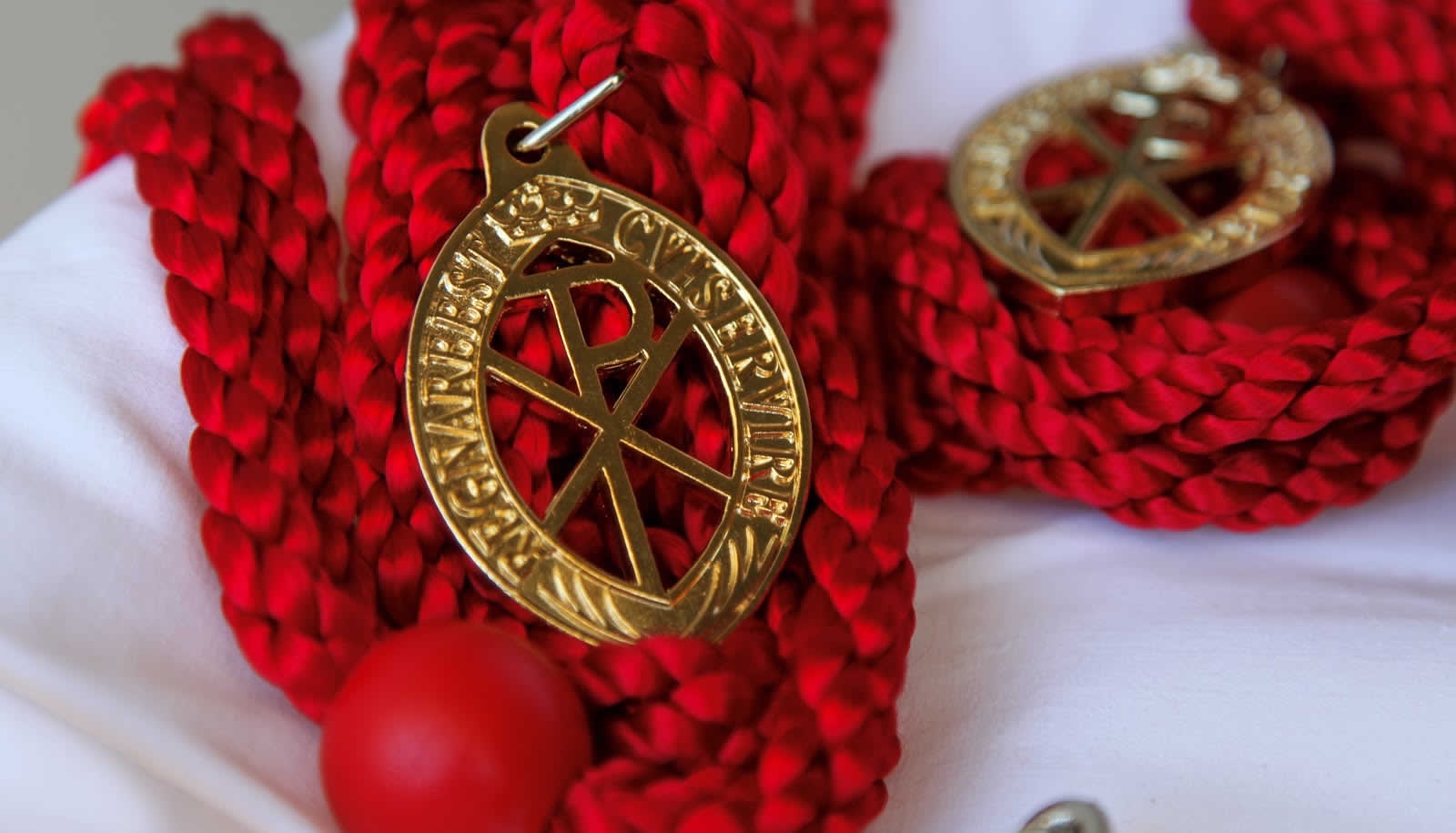
GUILD PRAYER
(to be recited daily)
O GOD, Who dost graciously accept the ministry of Thy servants and allow us to share in the service of Thine Altar: grant that, whilst in serving Thee we follow the example of our Patron, Saint Stephen, the first Martyr, we may, like him, come to see Thy Son standing at the right hand of Thy Majesty, and so enter into the Kingdom of Our Lord and Savior, Jesus Christ, Who livest and reignest with Thee in the unity of the Holy Ghost, God, world without end.
Amen.
Hail Mary
Saint Stephen, Pray for us.



